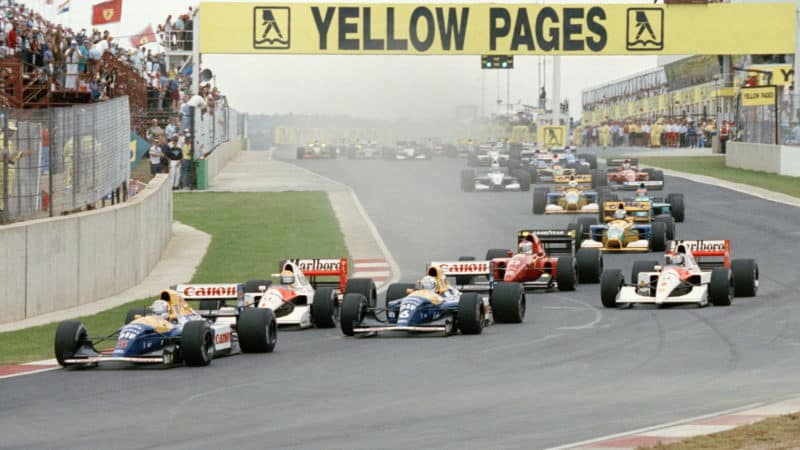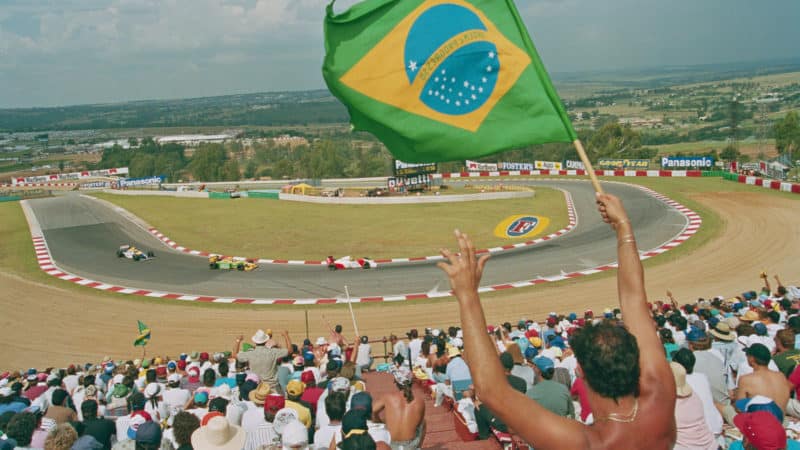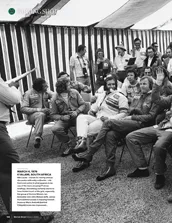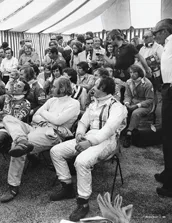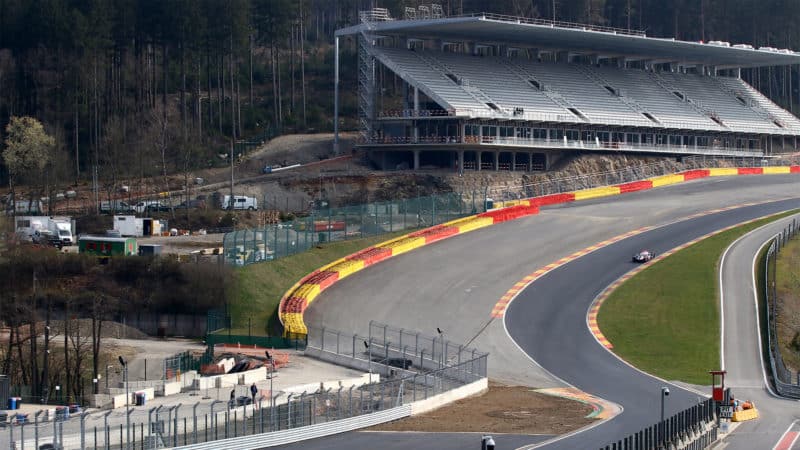The current agreements only allow F1 to incorporate 25 races into any one season, and the French Grand Prix is set to host its final race of its current deal this summer. After that, Paul Ricard hopes it is able to alternate with another venue in order to stay involved, and the most likely venue it believes it can pull that off with is Spa-Francorchamps.
But the iconic Belgian circuit isn’t interested in such a deal, leaving it in jeopardy of disappearing altogether. Spa’s current contract expires after this year’s race, but it has invested heavily in track improvements and will not want to lose F1 from its portfolio immediately after that work has been completed.
It seems that if Spa can’t reach an agreement with the sport outright, then it may get a reprieve if China doesn’t happen. There is still no certainty that a race can be held in Shanghai post-Covid and without its return then there could be room for Belgium to remain.
Monaco’s position is also uncertain as F1 is unhappy about certain aspects surrounding the running of that event, but the intention is for there to be an extension of some sort signed. That could come in the form of a short-term deal that involves some concessions – with a hope of more following in future – or a longer-term commitment if F1 is happier with managerial and operational changes.
